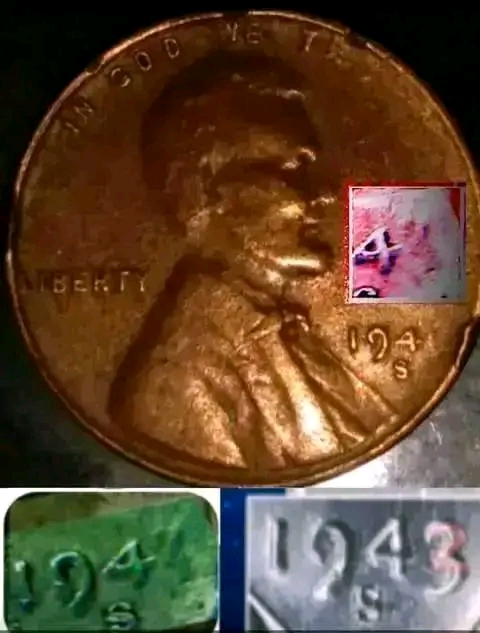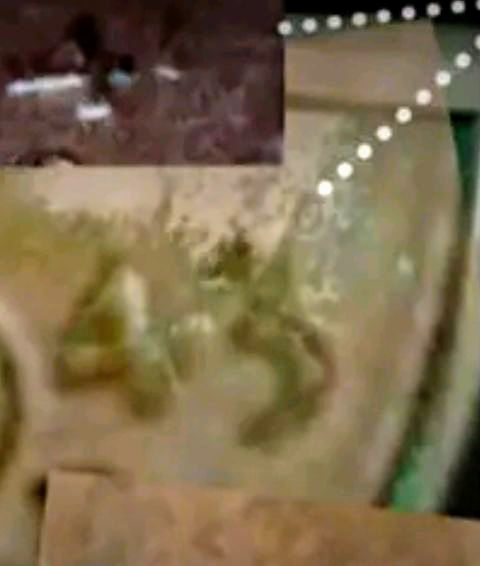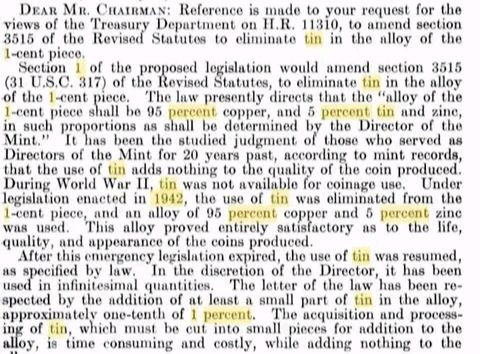Howdy, Stranger!
It looks like you're new here. If you want to get involved, click one of these buttons!
Quick Links
1943/2-S Copper Lincoln Cent OverDate Variety Discovered


This reevaluation of an existing die variety once again proves that collectors should continue looking closely at their coins and studying the latest information about them
Despite being one of the most widely collected American coin series, Lincoln cents continue to provide fertile ground for the discovery by collectors and experts of new die varieties but experts" here seem too anxious to declare they found the real Holy Grail. ---
It's no secret there are known examples of experimental cents for 1943 including a Steel planchet coated with Zinc, Antimony, and Iron weighing 2.7 grams, a Copper plated Steel and those minted on a dime planchet The 1943 cent with Antimony in the coating appears darker in color than the common 1943 cents. Several examples of the zinc coated steel 1943/1942-S Lincoln experimental cent have already been examined.
One determining factor here is the coins composition . In 1941 at the start of WWII knowing of the difficulties of the Mint to procure copper and tin, Congress authorized a change in the composition of the Lincoln cents. From the beginning of the series in 1909, until the emergency measures for World War II began, the Lincoln cent was struck from an alloy of 95% copper 5% "tin" and "zinc" . --- the same alloy used for Indian Head cents from 1864-1909.

To free up metals needed for munitions in World War II, and to avoid a coin shortage, the U.S nickel and cent compositions were changed. First, partway through 1942, the tin was removed from the cent, so it became 5% zinc and 95% copper until December 18, 1942 when the Mint formally announced the 1943 cents would be struck from zinc-coated steel (to free up much-needed copper) the government again changed the composition to zinc-plated steel
The cents of 1944, 1945, and some of 1946 were struck using recycled shell casings from the war containing 95% Copper and 5% Zinc . By the end of 1946, the original Lincoln cent copper alloy, with both tin and zinc, including 95% copper was resumed, and continued until the tin was removed once again in 1962.
The misalignment of the designs between the 1942-dated hub and the 1943-dated hub pivots around a spot on the left obverse rim. Because of this swing, the coin shows only trivial doubling on the word LIBERTY close to the pivot point, but some fairly strong doubling almost due north and south at the base of the 1. There is similar doubling under the top curve of the 9 and along the right side the leg of the 9. There is extra metal below the sharp left angle of the 4 that corresponds in scale to the doubling on the 1 and the 9. Fairly rare early die state coins will also show similar doubling on the base of the 4, but this feature apparently was either worn off or polished off of the die early in its die life
On this particular die, the outer parts of the design, such as IN GOD WE TRUST, were not formed by the first impression, and so they could not be doubled by the second impression of the hub. The upper right curve of the 2 was incompletely formed by the first hubbing, while the flat base of the 2 was not formed because it lies closer to the rim.
Something similar can be seen on the 1943/42-P 5-cent coin, on which the top of the date is closest to the rim. It shows a strong base of the 2 from the original hubbing, but not the center or top of the 2. The result was a 3 over a partial 2. By contrast, if only the bases of LIBERTY and IN GOD WE TRUST were formed by the 1942 hub impression, the letters were simply finished normally by the subsequent 1943 impression.
Several examples of the 1943/1942-S Lincoln cent have been examined. Only the earliest die states show doubling at the bottom of the upright of the 4. Middle to later die states show some strong vertical die polish lines, as might have been caused by the use of an emery stick to clean the die, in the field above the date.
Something similar can be seen on the 1943/42-P 5-cent coin, on which the top of the date is closest to the rim. It shows a strong base of the 2 from the original hubbing, but not the center or top of the 2. The result was a 3 over a partial 2. By contrast, IN GOD WE TRUST were formed by the 1942 hub impression, the letters were simply finished normally by the subsequent 1943 impression.
Only the earliest die states show doubling at the bottom of the upright of the 4. Middle to later die states show some strong vertical die polish lines, as might have been caused by the use of an emery stick to clean the die, in the field above the date.
Words alone do not suffice on an error of this magnitude, so readers are directed to the photo to enjoy a better understanding of the scope of the error. Definitely one for the record books!”
Sources Bullion Shark, Coin World: Littleton Coins , The US Mint , and named experts (image provided by Richard Simpson


Comments